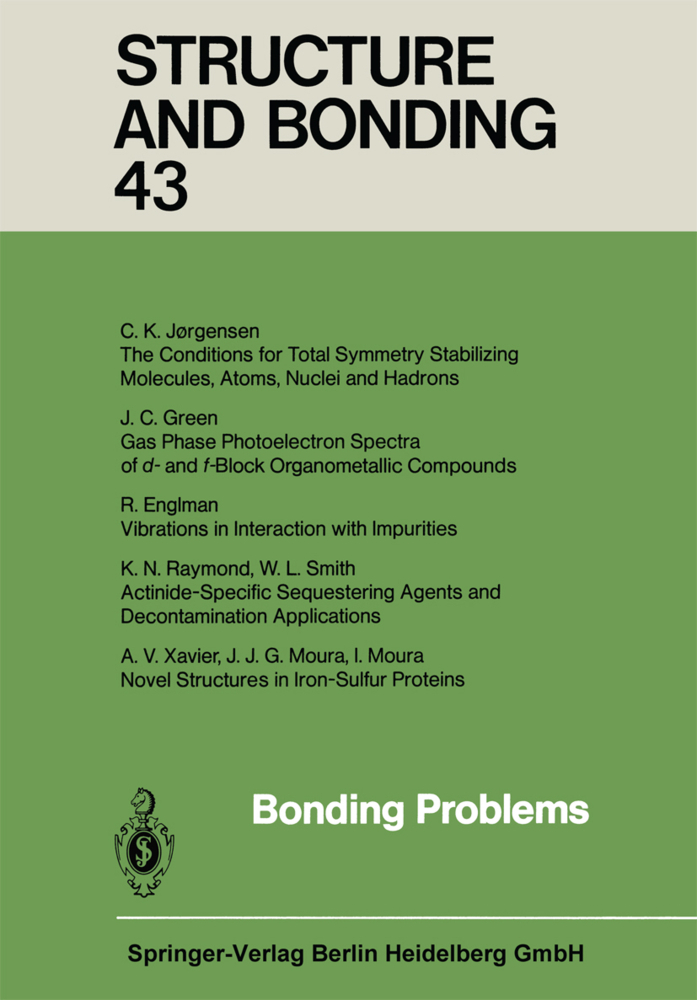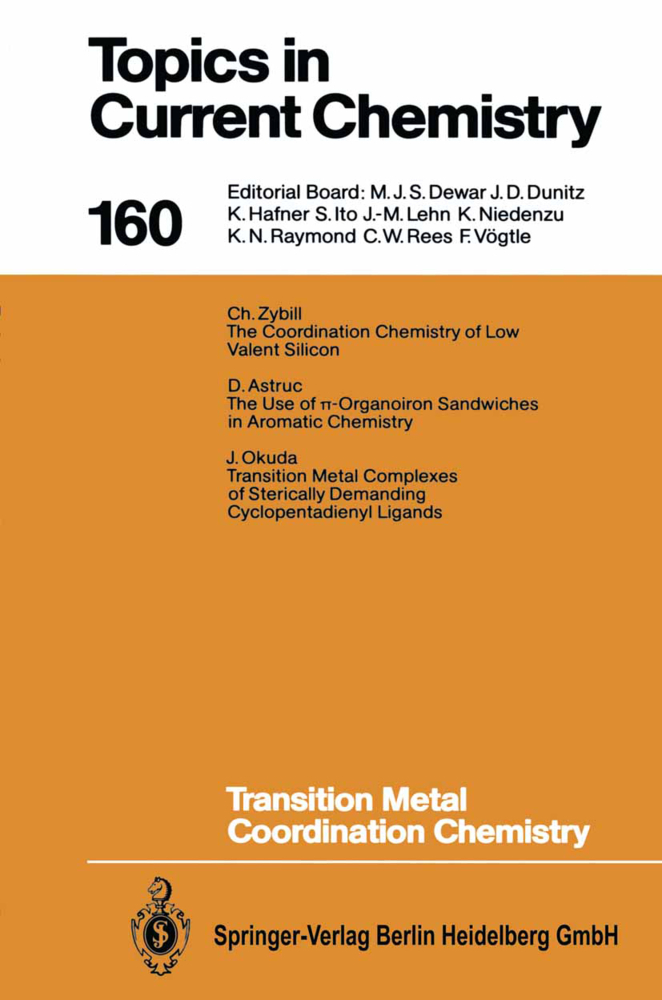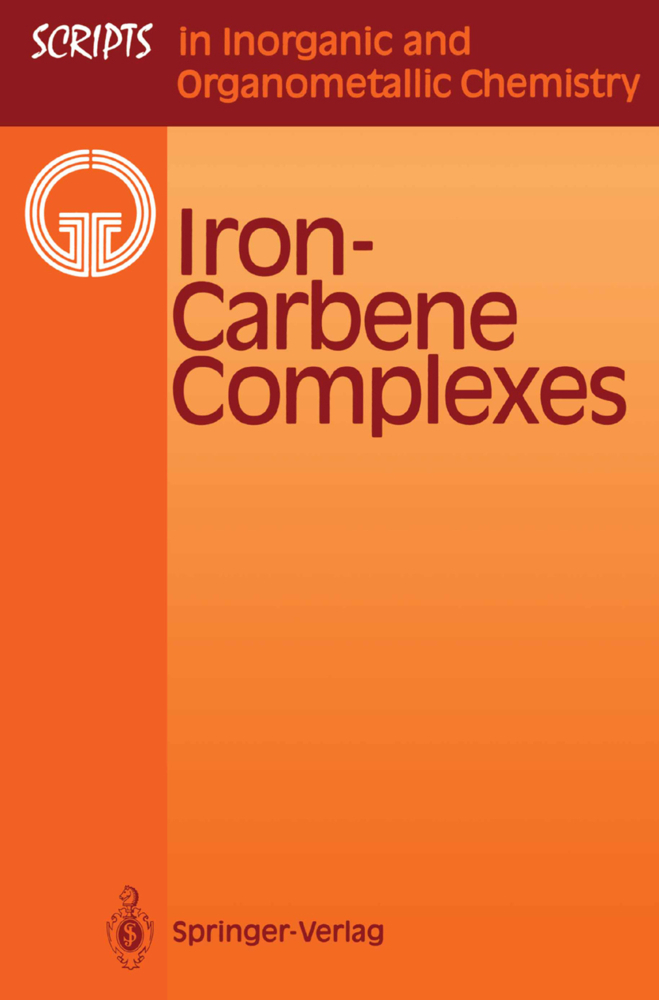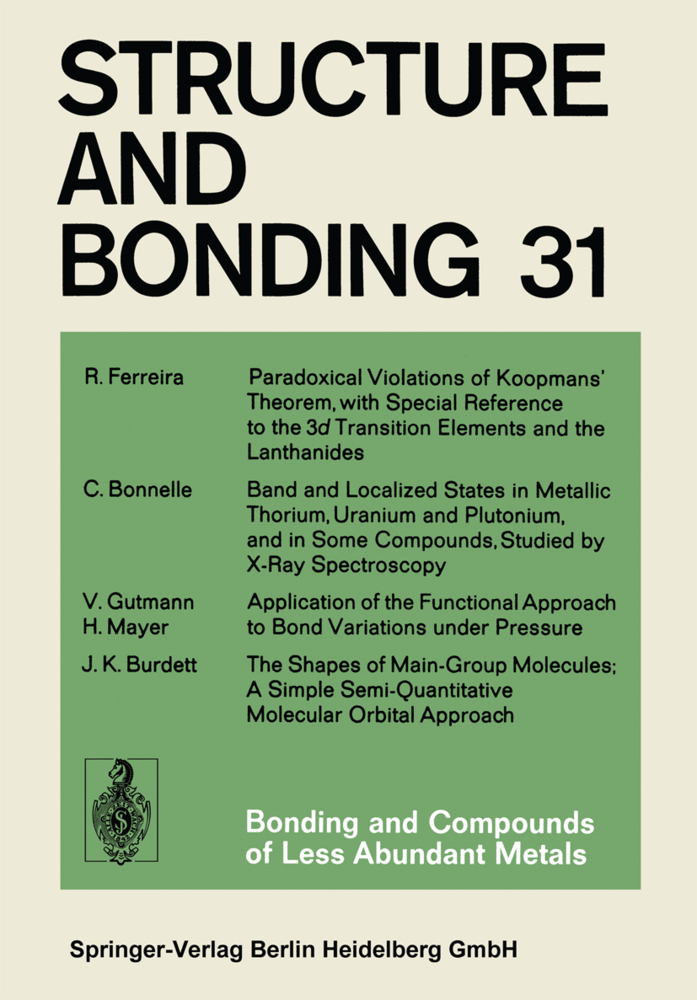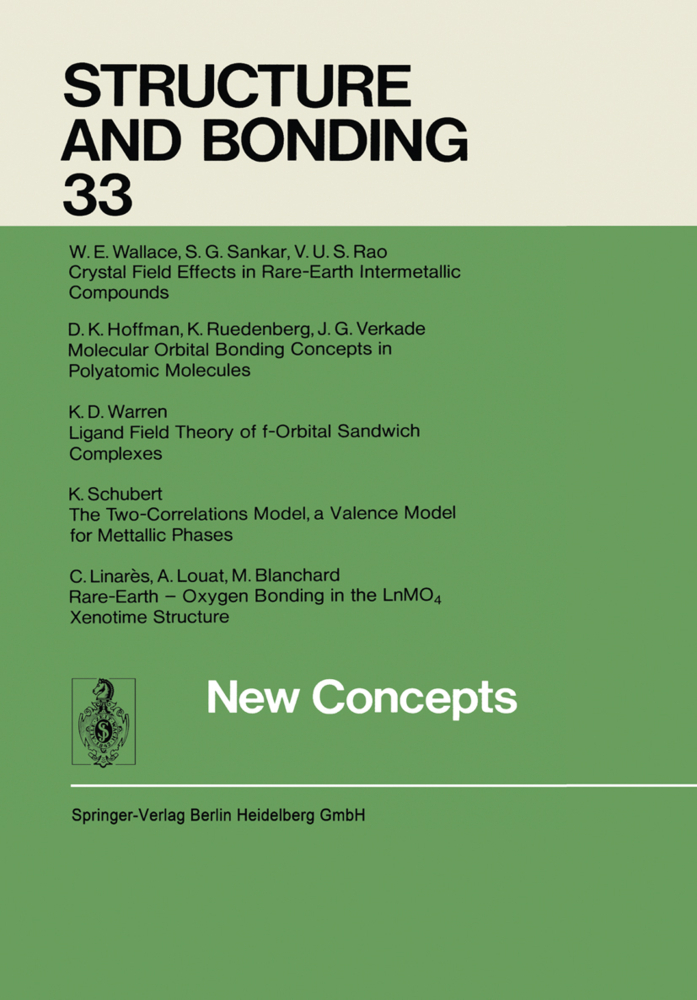Variety in Coordination Modes of Ligands in Metal Complexes
Variety in Coordination Modes of Ligands in Metal Complexes
Metal complexes play important roles as catalysts or other participants in synthetic and biological reactions. Substrates and sometimes attacking reagents also are activated through coordination with metal atoms or ions. In these events the natures not only of the central metals but also of ancillary ligands exert important influences on the stability and reactivity of the coordinated substrates. A ligand in general can adopt various coordination modes depending on its chemical environment, thus functioning as a probe. The number of coordination modes increases with increasing complexity of the ligand. In this book it is shown that even the simplest mono- and diatomic ligands such as H, CO, and N2 exhibit a variety of coordination modes, which are related to their reactions. The thiocyanate anion is taken up as a representative of the triatomic ambidentate ligands, and factors influencing the preferences for N- und S-bonding are summarized. Coordination chemistry of ß-dicarbonyl compounds is a highlight of this book. Acetylacetone, one of the most familiar Werner ligands, is shown to favor -carbon and n-allylic bonding in many instances. Its versatile behaviour in changing coordination modes is revealed.
1.2 Linkage Isomerism
2 Monoatomic Ligands
2.1 Coordination Modes for the Hydride Ligand
2.2 Chemical Reactions of Hydride Ligands
2.3 Role of Rhodium Hydride Complexes in the Catalytic Hydrogenation of Olefins
3 Diatomic Ligands
3.1 Coordination Modes for Carbon Monoxide
3.2 CO Cleavage and Reduction
3.3 Coordination Modes for Dinitrogen
3.4 Protonation of the Coordinated Dinitrogen
4 Triatomic Ligands
4.1 Coordination Modes for the Thiocyanate Ion
4.2 Infrared Spectroscopy for Determining the Coordination Modes of the Thiocyanate Ligand
4.3 Factors Influencing the Relative Stabilities of the N-bonded and S-bonded Thiocyanate Complexes
5 Polyatomic Ligands: ?-Dicarbonyl Compounds
5.1 Three Coordination Modes for Neutral Molecules
5.2 Coordination Modes for Monoanions
5.3 Coordination Modes for Dianions
5.5 Concluding Remarks
6 Abbreviations
7 References.
1 Introduction
1.1 Classification of Ligands1.2 Linkage Isomerism
2 Monoatomic Ligands
2.1 Coordination Modes for the Hydride Ligand
2.2 Chemical Reactions of Hydride Ligands
2.3 Role of Rhodium Hydride Complexes in the Catalytic Hydrogenation of Olefins
3 Diatomic Ligands
3.1 Coordination Modes for Carbon Monoxide
3.2 CO Cleavage and Reduction
3.3 Coordination Modes for Dinitrogen
3.4 Protonation of the Coordinated Dinitrogen
4 Triatomic Ligands
4.1 Coordination Modes for the Thiocyanate Ion
4.2 Infrared Spectroscopy for Determining the Coordination Modes of the Thiocyanate Ligand
4.3 Factors Influencing the Relative Stabilities of the N-bonded and S-bonded Thiocyanate Complexes
5 Polyatomic Ligands: ?-Dicarbonyl Compounds
5.1 Three Coordination Modes for Neutral Molecules
5.2 Coordination Modes for Monoanions
5.3 Coordination Modes for Dianions
5.5 Concluding Remarks
6 Abbreviations
7 References.
Kawaguchi, Shinichi
| ISBN | 978-3-642-50150-0 |
|---|---|
| Artikelnummer | 9783642501500 |
| Medientyp | Buch |
| Auflage | Softcover reprint of the original 1st ed. 1988 |
| Copyrightjahr | 2012 |
| Verlag | Springer, Berlin |
| Umfang | IX, 123 Seiten |
| Abbildungen | IX, 123 p. 51 illus. |
| Sprache | Englisch |



